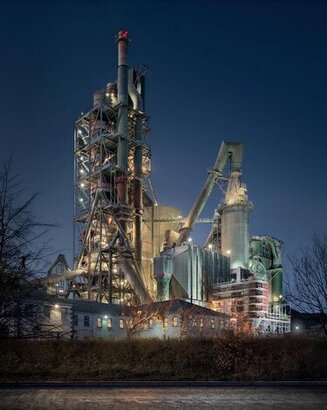
The funding will enable Catagen to deliver a full-scale demonstrator by 2025 and support new high-skilled green jobs in the region, with the company expected to grow its team by at least 50 per cent over the next two years. Local suppliers and contractors will also benefit from further upskilling as the company expands its headquarters in the historic Titanic Quarter.
Hydrogen from renewable sources is widely considered to be one of the most important low carbon fuels that will increasingly phase out fossil fuels. Hydrogen is also crucial for several other net zero technologies and fuels including e-fuels which will be critical for the most difficult-to-decarbonise sectors, such as heavy-duty diesel, aviation, and marine.
This latest government funding is part of a broader £21 million package to support innovation in hydrogen BECCS (bioenergy with carbon capture and storage) technologies in the UK.
“Catagen has been on an amazing journey over the past year, not only has our core business expanded its emissions testing work but we have rapidly innovated five new net zero technologies with the support from the Department for Energy Security and Net Zero” said Dr Andrew Woods, CEO and Co-Founder of Catagen. “This funding award allows us to move into our next phase of development for the ClimaHtech Biohgen system, recruiting more engineers as we accelerate our journey to clean and decarbonise the air. I’m also pleased to announce that working collaboratively with Joe O’Neill, CEO and his team at Belfast Harbour, we will site the first Biohgen system in the Harbour Estate and grow the size of Catagen’s footprint. This provides massive opportunity for the early adoption of low-carbon hydrogen to decarbonise transport or heavy industry at a focal point in Belfast, as part of Belfast Harbour’s Green Port Strategy.”
In Phase 1 of this project, Catagen developed an initial prototype Reactor and has proven the feasibility of a low-cost solution, capable of delivering high quantities of biohydrogen within the next few years, well ahead of 2030 targets and well in advance of widespread, low-cost green hydrogen production from electrolysis. Catagen’s novel approach requires less capital investment and much lower production costs. GHG (Greenhouse Gas) emissions are also net zero with the bioCO2 produced being used to further displace fossil CO2 currently used in several industries.
This Phase 2 funding and development of this low cost, effective technology, and the subsequent commercialisation offer the multiple benefits of low cost biohydrogen, fast ramp up of production, bioCO2replacing fossil CO2 and all produced from what is currently a biomass waste product.
“The great manufacturers of our country are striving to cut their carbon emissions and their energy bills - and in turn, support our efforts to boost our energy security” added Minister for Energy Security and Net Zero Graham Stuart. “Our investment of over £80 million will help them to go further and faster, using the latest science, technologies, and new energy sources to cut ties with fossil fuels and futureproof their industries."
Bio-hydrogen, from sustainable biomass and biomass waste, offers a significant opportunity to accelerate the production of low-carbon-hydrogen, particularly in the near term. This approach offers a much lower cost of production and a much shorter time-to-market with the added advantage of the bioCO2 being used to displace the fossil CO2 currently used in many industries. Catagen’s biohydrogen technology uses a source of waste biomass which is readily available both in the UK and Ireland and importantly does not displace the growing of crops for food.
Biohydrogen is only one of Catagen’s 5 ClimaHtech technologies in development to clean and decarbonise the air. It has a successful core business and is a market expert in providing best in class emissions data to the automotive industry. In this project, Catagen is presenting a potential solution to the hydrogen production problem based on the company’s core competencies, skilled team and technologies, developed as a successful Queen’s University spinout business.
For additional information:

